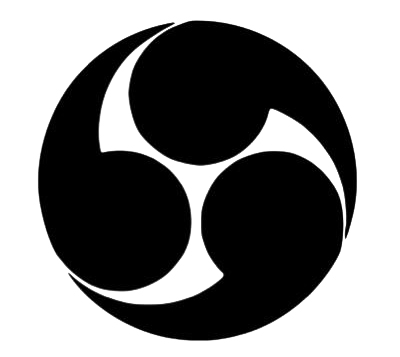Katana Bushu Shimohara ju Hiroshige 部首下原 樹広重 Sayagaki Shirasaya 白鞘 plus fine Koshirae
Katana Blade:
Tamahagane 玉鋼
Nagasa: 68,8 cm.
Sori: 1,7 cm.
Motohaba: 2,85 cm.
Sakihaba: 2,0 cm.
Motogasane: 0,7 cm.
Sakigasane: 0,45 cm.
Nakago hole: Two
Mei: Bushu Shimohara ju Hiroshige 部首下原 樹広重
Age: Kanei era 寛永
The Kanei 寛永 was a Japanese era after Genna and before Shōhō. This period spanned the years from February 1624 through December 1644. The emperors and empress were Go-Mizunoo-tennō 後水尾天皇, Meishō-tennō 明正天皇 and Go-Kōmyō-tennō 後光明天皇
Province: Musashi
School: Shimohara
Hada: Itame 板目
Hamon: Gunome Midare
This two last with slight variations but both are within the Shimohara School pattern that are as recognize usual: Omura: Itame Hada. Gunome-Midare and O-Midare-ha.
Bare blade weight: 706 gr
1st Generation. Swordsmith is from the Shimohara School established by his great grandfather Chikashige Yamamoto (1532). Hiroshige's father is also a swordsmith, Teruhiro ten-Sho (1573).
Bushu Shimohara ju Hiroshige was a swordsmith from Musashi province. The Shimohara school has been active and successful for more than 14 generation, from late Muromachi to Edo period, centered on the ten families of the Yamamoto 山本 clan.
Blade condition:
The polishing is not recent, for this reason various lines, a exposed fold and points can be seen that a new polishing would eliminate or attenuate, but nevertheless it is an very acceptably preserved polishing that reveals the magnificent Hamon. We judge that its current condition is acceptable without more interventions (watch the pictures please), with those mentioned signals that are not very important. Edge weel preserved.
Shirasaya:
Saya of Shirasaya has a double inscription that could surely refer to the polishing or other unknown data, if it is from the polishing it should not be from the last one since characters and the Saya itself seem to be older than the last polishing which is not recent but due to the very acceptable conservation neither it can be so old. It also has an old paper pasted with a text that due to deterioration is totally illegible.
Koshirae 拵え:
Tsuka (柄):
Wood: Honoki (Hinoki 檜 Japanese Cypress)
Fuchi/Kashira 頭: Shakudō 赤銅 black 七宝芸術 niiro patination with Ume 梅 (plum flowers) Gold ゴールド
Same: Ray skin
Tsuka-ito (柄糸): Purple color Natural Silk
Menuki couple: Gold and Silver Tombo トンボ (Dragonfly)
Seppa (切羽): Gold plated.
Habaki 鎺: Copper alloy 銅合金 fine traditional handwork
Tsuba 鐔: Antique original Edo open work same blade period
Saya (鞘):
Wood: Honoki (Hinoki 檜 Japanese Cypress)
Koiguchi (鯉口) / Kurigata (栗形) / Kojiri (鐺): Water buffalo horn 水牛の角
Shitodome couple: Silver
Sageo (下げ緒): Wine/Purple color Silk
Lacquered 漆塗り: Traditional fine work black 黒 lacquered
Japanese papers:
Kyoiku-inkai - Japanese official documentation (paper previously called Daimyo) the document card that testifies to the sword ownership :
Sealed of Prefectural (Kyoiku-inkai) Registration Card In order to legally own a original sword in Japan it has to be registered in accordance with the Ju-to-ho 銃刀法 it is the original card including inscription in equivalent characters of the Katana Nakago Mei (Bushu Shimohara ju Hiroshige 部首下原 樹広重) in order at inequivocal blade identification.
The Board of Education prefecture issued a registration paper for this sword . In order to obtain this paper, the sword needs to be traditionally hand forged and signature verification. With this paper, its owner can legally own an authentic Japanese sword in Japan.
Daimyo Registered: This sword was registered in current sword registration system started in Japan in modern era. Such swords, which were registered in a few years after the system started, are known among collectors as "Daimyo" (feudal lord) registration swords as it was Daimyo or other Daimyo-like wealthy families who owned many precious swords and were asked by the Japanese government to register their swords in the early stage of the newly introduced registration system to familiarize it to the society but it is not the official name of course what is Kyoiku-inkai (Prefectural Registration Card)
Katanakake (Katana stand) is not included.
Ref.: Katana 121
|




